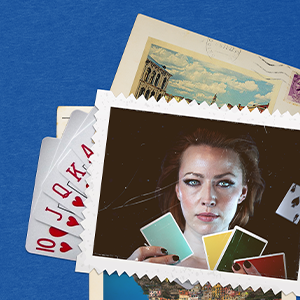Vivid: The Colourful World of Films
By Jo Phillips
From the days of two colour technicolour all the way up to the present, films have gone through numerous stages of colour improvement. Colour has always been a huge component in the making of films; as it is specifically used to symbolise emotions, as well as encourage the viewers to possess particular thoughts about what is going to occur in a scene. Generally, when you see the colour red it will either connote feelings of anger or, on the opposite side of the spectrum, an atmosphere filled with passion and love. In light of this months theme of VIVID, we thought we would share and remind you of some iconic film scenes that are so brilliantly vivid and symbolic.
One of the most iconic Disney film scenes is from the much loved early animation, Fantasia. During the early stages of animation each scene would have been comprised of several individual sketches put together to form a sequence. The extreme amount of work that went into the scene above— with the fast paced flashes of colour and movement—is greatly admired and appreciated by film lovers and animators everywhere.
The above classic scene from Singing in the Rain, featuring Cyd Charisse and Gene Kelly, has a brilliantly vivid colour palette that reflects the mood of the scene perfectly. Gene Kelly’s bright yellow waist coat matches the cheery dance he introduces the scene with, and the bright green dress worn by Cyd Charisse makes her the centre of attention as soon as she enters the room.
Director Wez Anderson has a completely distinct style that makes his films almost instantly recognisable. His colour palettes are filled with brights and pastels that immediately set the scene of the film. The above scene is from The Grand Budapest Hotel where everything from the costumes to the lavish pink hotel itself truly captivates the eye of the viewer and creates a generally aesthetically pleasing film.
The Three Colours Trilogy by Krzysztof Kieślowski is a set of three films: two are in French and the other in Polish. The films are called, Blue, White, and Red and are meant to represent the left-to-right order of the French flag colours. Each of the films, as seen in the images above, play on the use of the colours and generate a story using the colour of the film title as the dominant colour palette throughout the film. Red is arguably the most iconic of the three films, the colour red is used in almost every shot and is used so effectively to represent the emotions of the characters and also to set each scene.






